Discover Herbs with Kitchen Gardens!
Kitchen Gardens invite you to join us in our knowledge and love of fresh herbs. The experience of growing your favorite herbs along with incorporating them into your favorite recipes is the beginning of a lifestyle change for you and your family!
READ MOREGo ahead – get cooking with herbs!
What is the difference between annuals, perennials and biennials?
Annuals
Germinate, flower, seed and die in one growing season, regardless of their geographical location.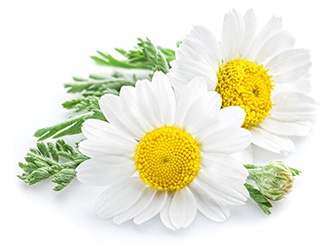
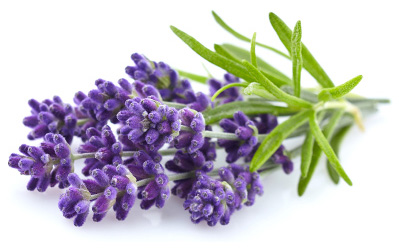
Perennials
Live for at least three seasons and while this category includes many herbs it also includes plants such as shrubs and trees.Biennials
Live for two growing seasons: they germinate and form leaves in the first year and then flower, seed and die in the second season.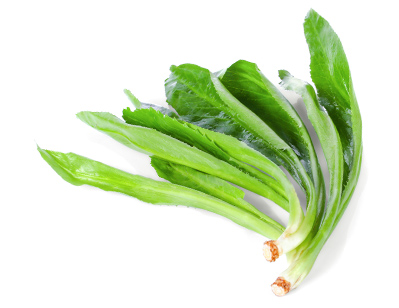
Go ahead – get cooking with herbs!
What is the difference between annuals, perennials and biennials?

Annuals
Germinate, flower, seed and die in one growing season, regardless of their geographical location.
Perennials
Live for at least three seasons and while this category includes many herbs it also includes plants such as shrubs and trees.
Biennials
Live for two growing seasons: they germinate and form leaves in the first year and then flower, seed and die in the second season.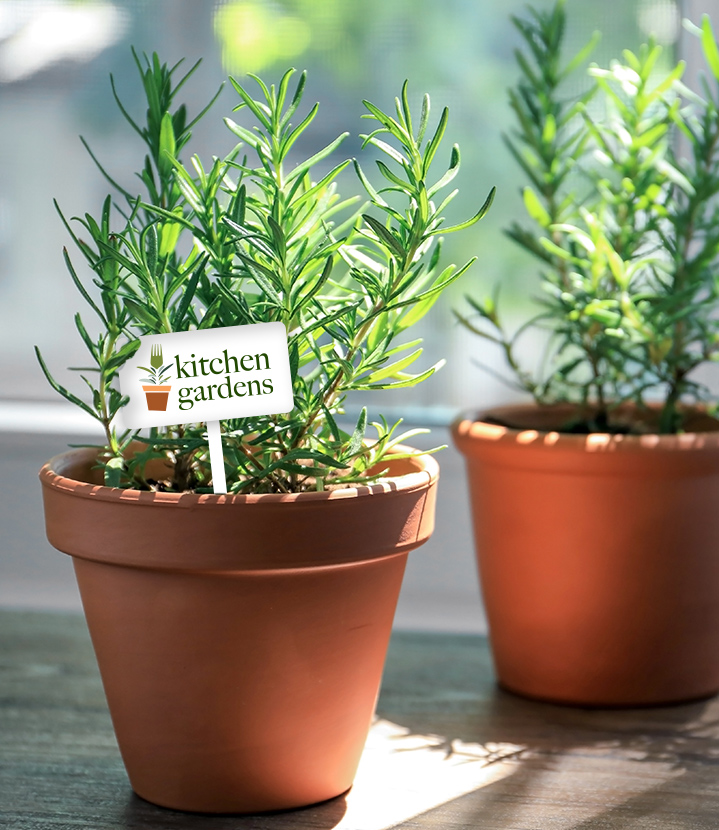
Herbs in Containers!
Growing herbs in containers is one of the easiest methods for growing your kitchen garden. Especially in Florida and the southern United States with hot, humid, rainy weather that stretches from June through September, container growing allows you to control the environment of your herbs. Florida winters present few problems to herbs, with the exception of the basils which need to be brought indoors when there is a threat of frost.
Groups of herbs can be assembled into on large container. Also, small individual pots can be placed in groups to enhance a patio, flank a flight of stairs, decorate a kitchen window or accent an entrance way. Always choose pots with drain holes. Watering should be checked daily, taking into consideration the weather. Small pots need more water than larger ones.
Some varieties are ideally suited for hanging baskets. Thyme, mints, oregano, curly parsley, tansy, burnet and marjoram are especially good for this purpose. We recommend planting these with a mixture of 60% peat, 25% perlite and 15% vermiculite. For fertilizing, we recommend a time-released fertilizer.
Caring for your herbs, especially in the south, can be a challenge.
Explore the world of Herbs!
-
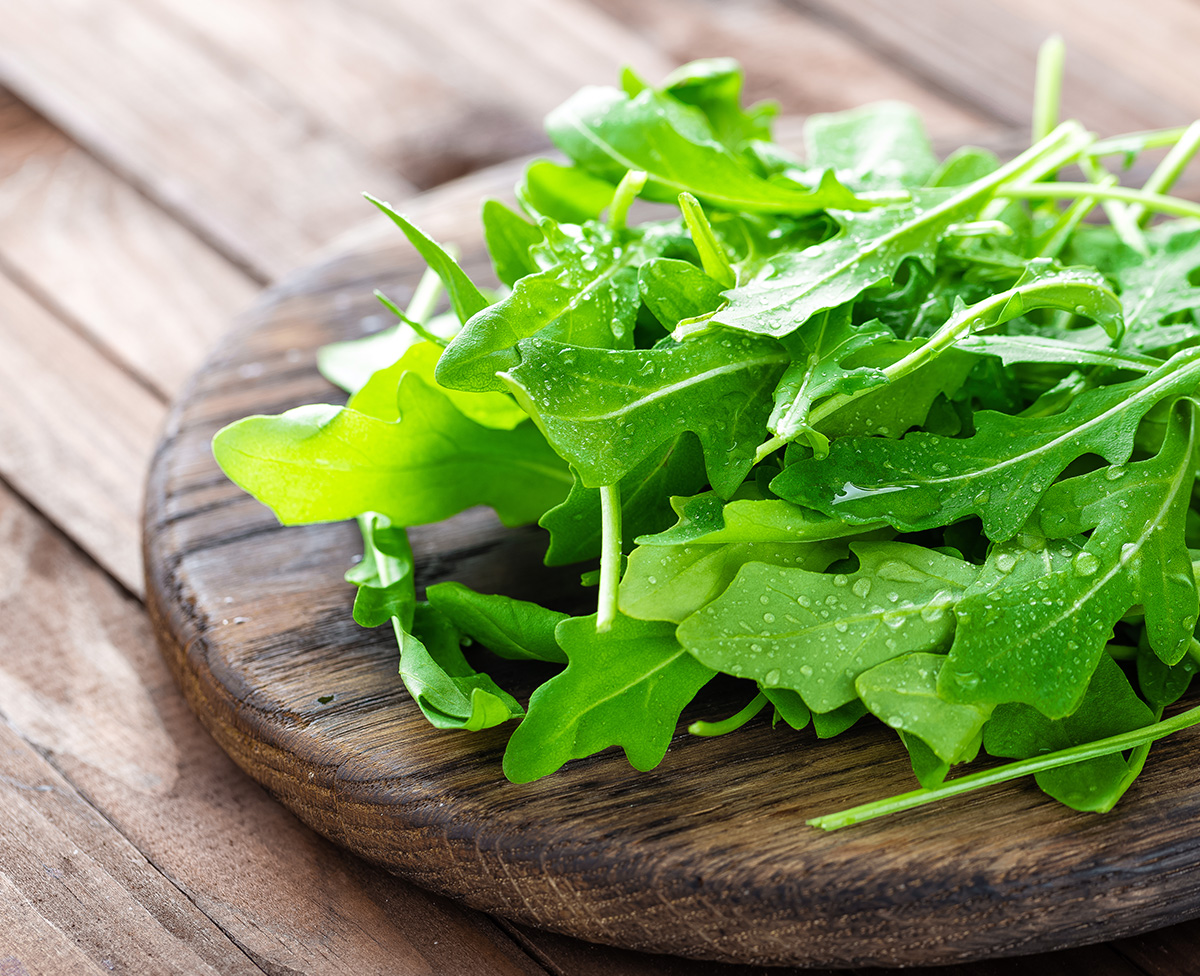 Arugula
ArugulaArugula
(Eruca vesicar spp. savita) - Annual
Arugula is most popular in Italian cuisine, and especially in salads.
MORE -
 Basil
BasilBasil
(Ocimum spp.) - Annual
Basil is one of the most popular herbs to date.
MORE -
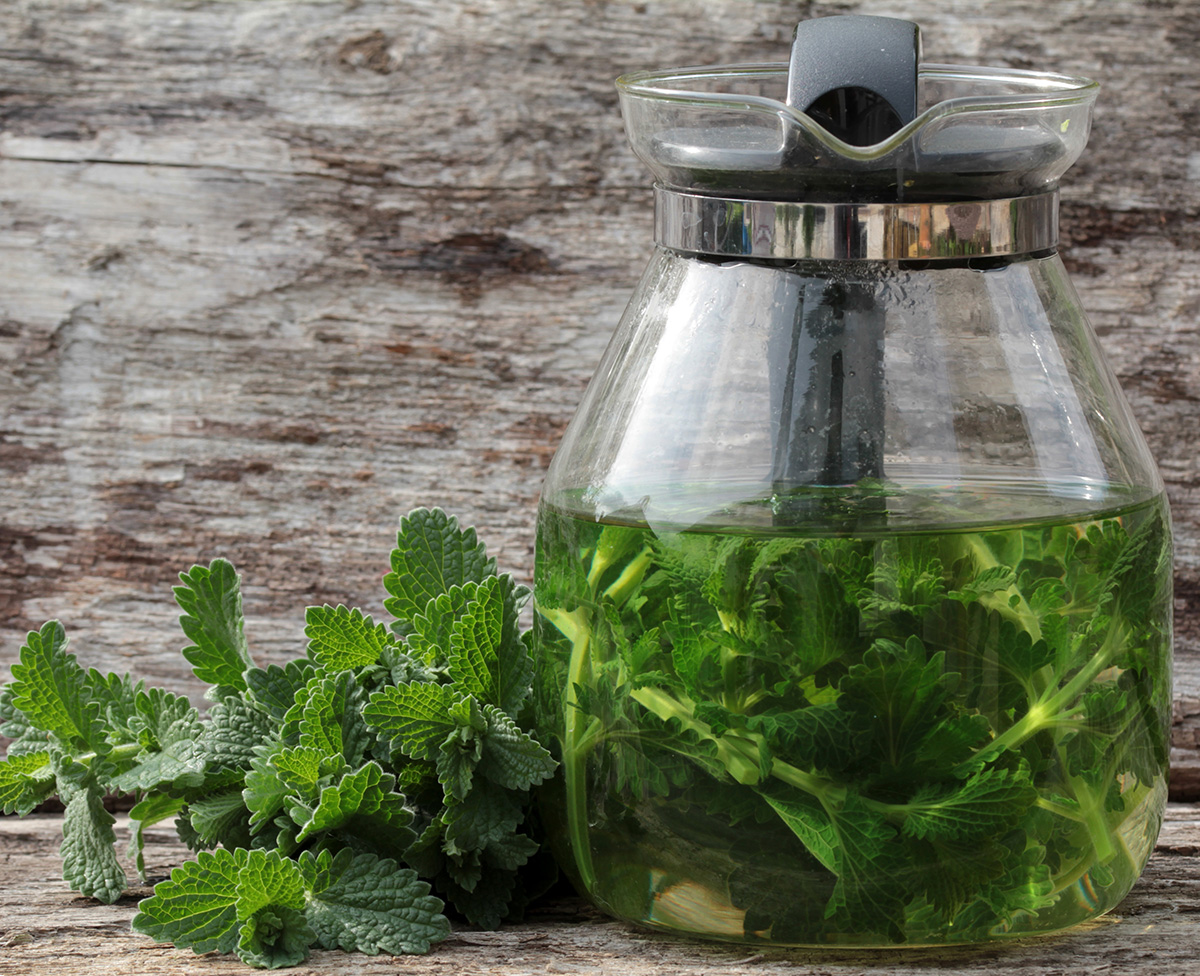 Catnip
CatnipCatnip
(Nepeta cataria) - Perennial
This herb is a feline favorite.
MORE -
 Chamomile
ChamomileChamomile
(Chamaemelum nobile) - Annual
The name “chamomile” means “ground apple,” a name which arises from the apple scent
MORE -
 Chives & Garlic
Chives & GarlicChives & Garlic
(Allium schoenoprasum) - Perennial
It was once believed that chives could only be safely prepared by “alchemists” because of the effects chives were thought to have.
MORE -
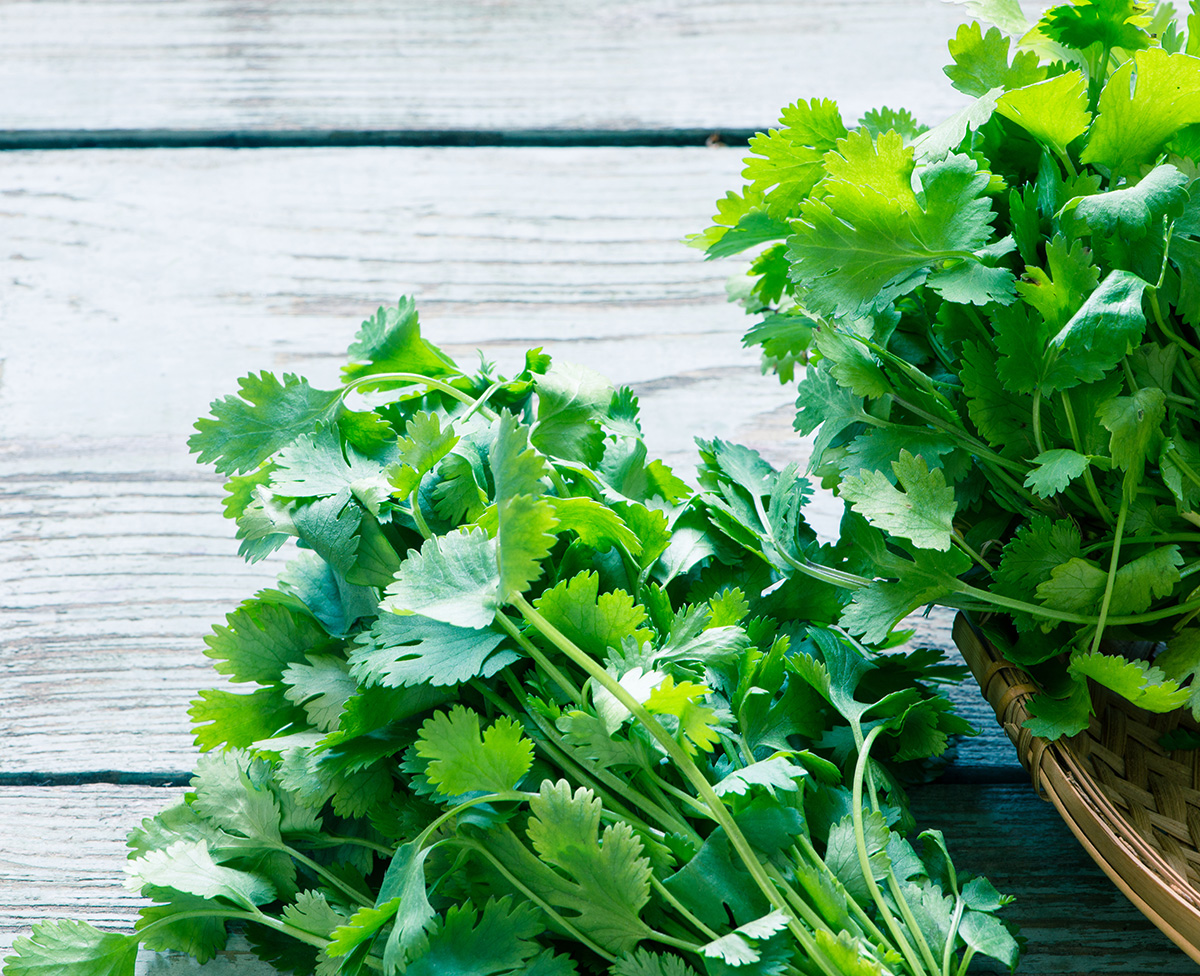 Cilantro (Coriander)
Cilantro (Coriander)Cilantro (Coriander)
(Coriandrum sativum) – Annual
Cilantro (coriander) is one of the world’s most popular herbs.
MORE -
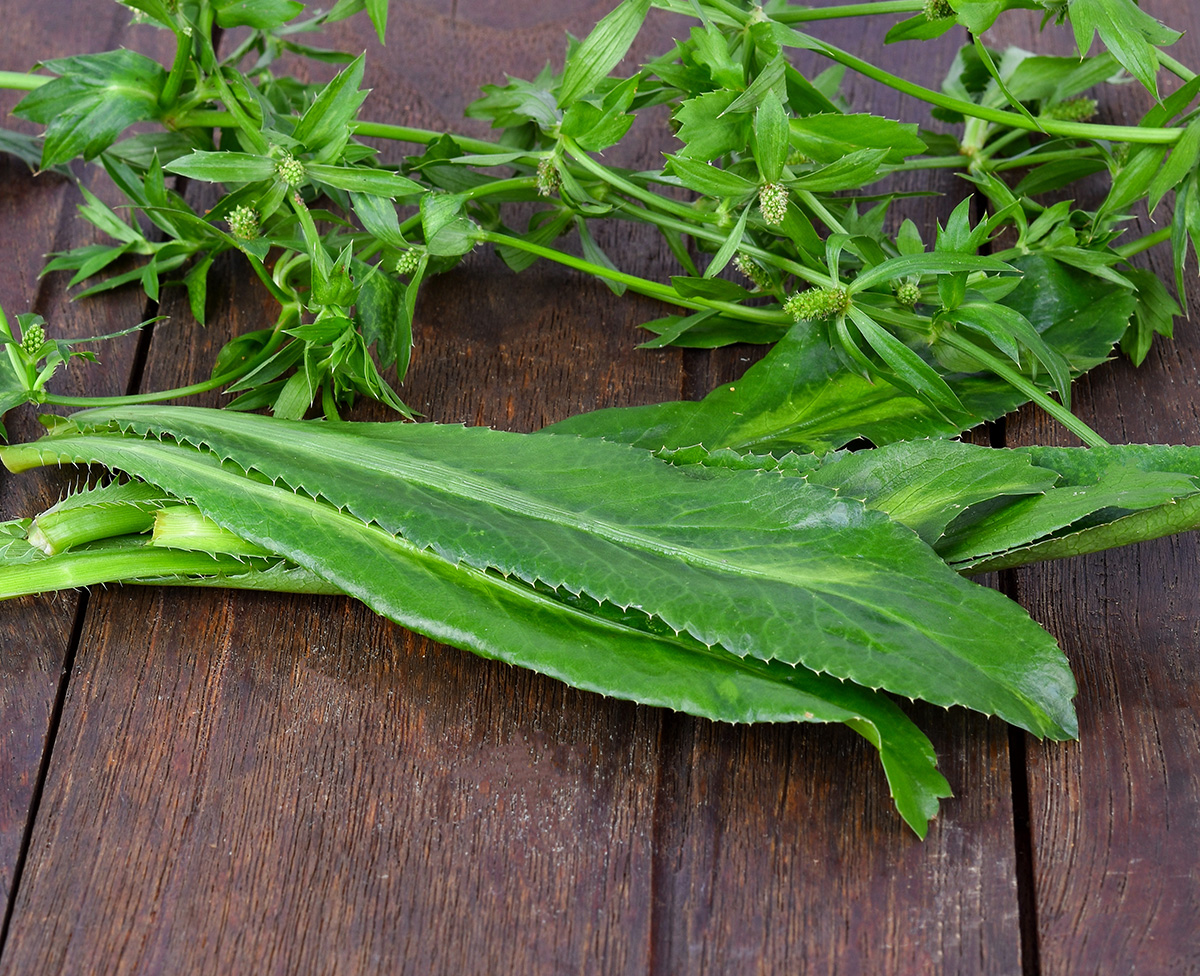 Culantro
CulantroCulantro
(Eryngium foetidum) - Biennial
Culantro is a flavorful herb used in caribbean cooking.
MORE -
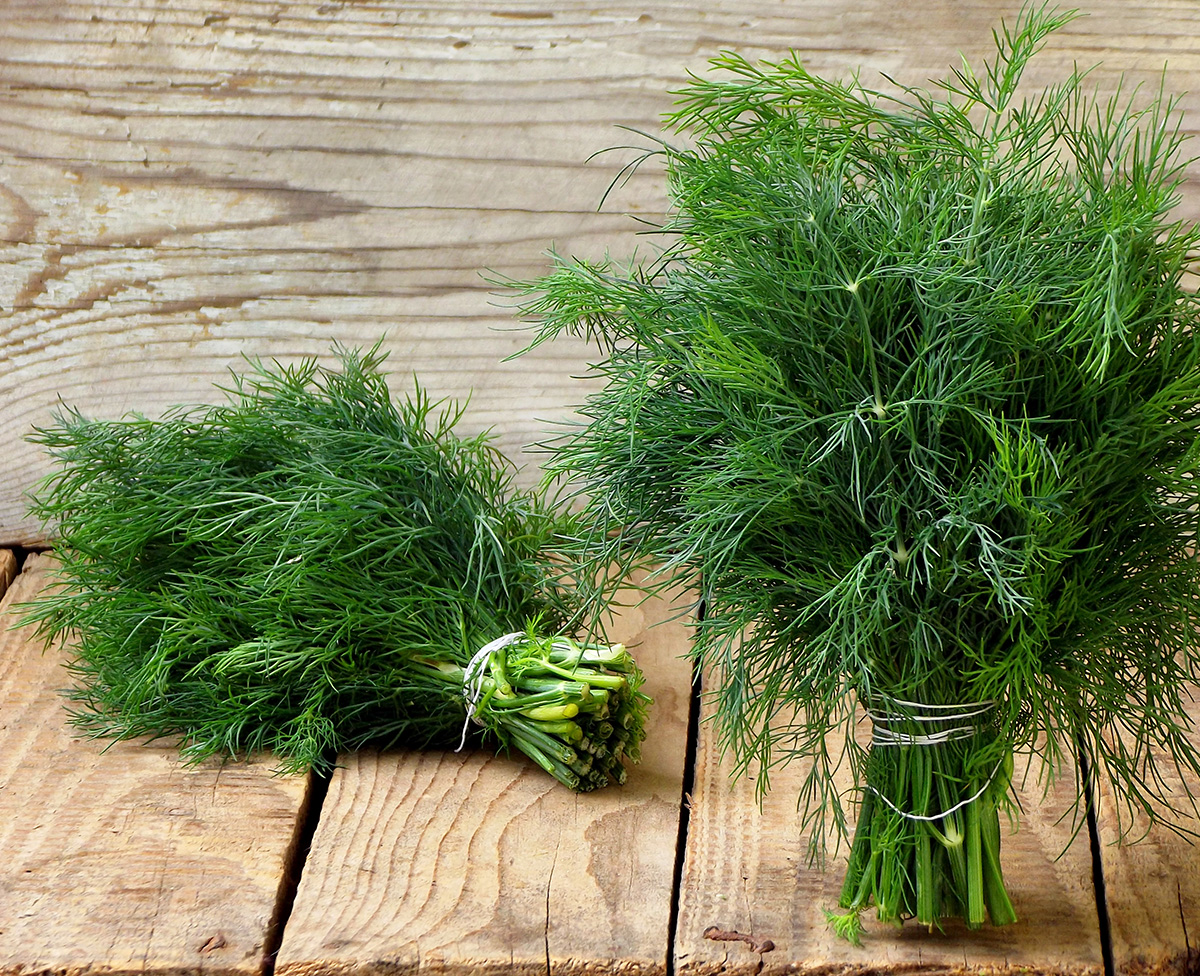 Dill
DillDill
(Anethum graveolens) - Annual
Dill comes from the Norse word meaning “to lull to sleep.”
MORE -
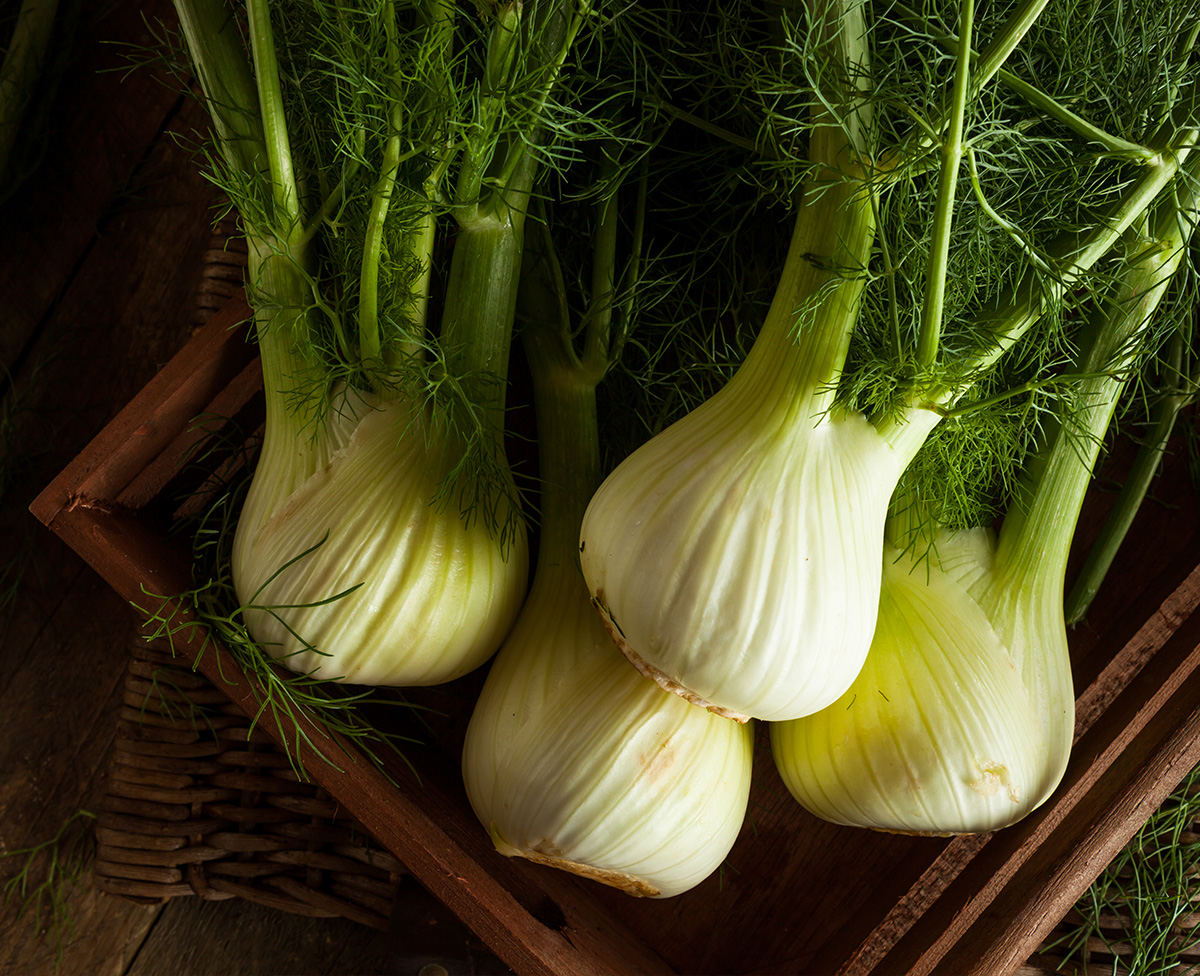 Fennel
FennelFennel
(Foeniculum vulgare) - Perennial
Ancient folklore calls fennel the herb of snakes as snakes rub against it to sharpen their eyesight.
MORE -
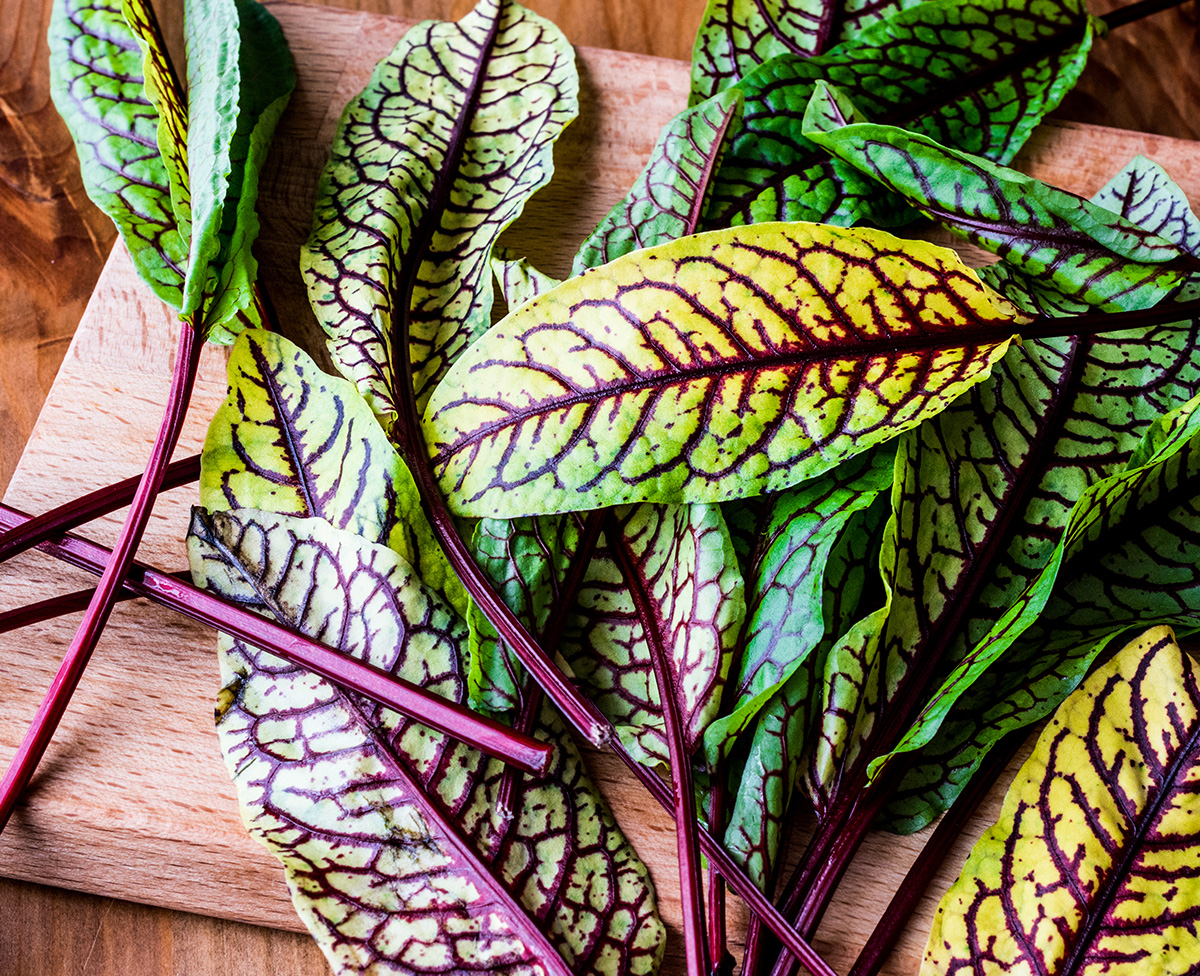 French Sorrel
French SorrelFrench Sorrel
(Rumex scutatus) – Perennial
Not only are there many species of sorrel, but they have been known as cures for many things for years.
MORE -
 Lavender
LavenderLavender
(Lavandula spp.) - Annual & Perennial
Lavender is famous for its clean and refreshing scent.
MORE -
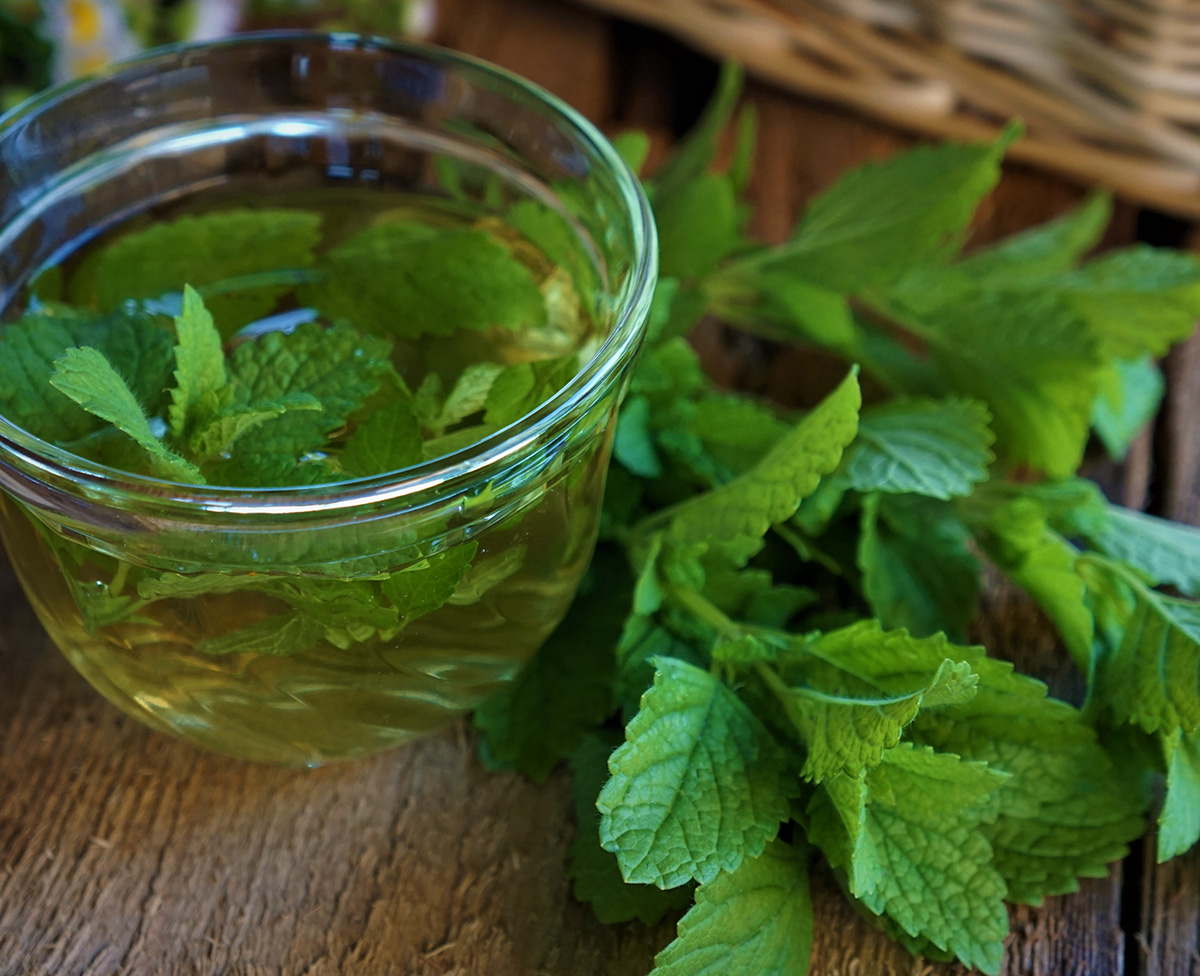 Lemon Balm
Lemon BalmLemon Balm
(Melissa officinalis) - Perennial
The calming nature of lemon balm has been known for centuries. It has also been said to renew youth, strengthen the brain and relieve languishing nature.
MORE -
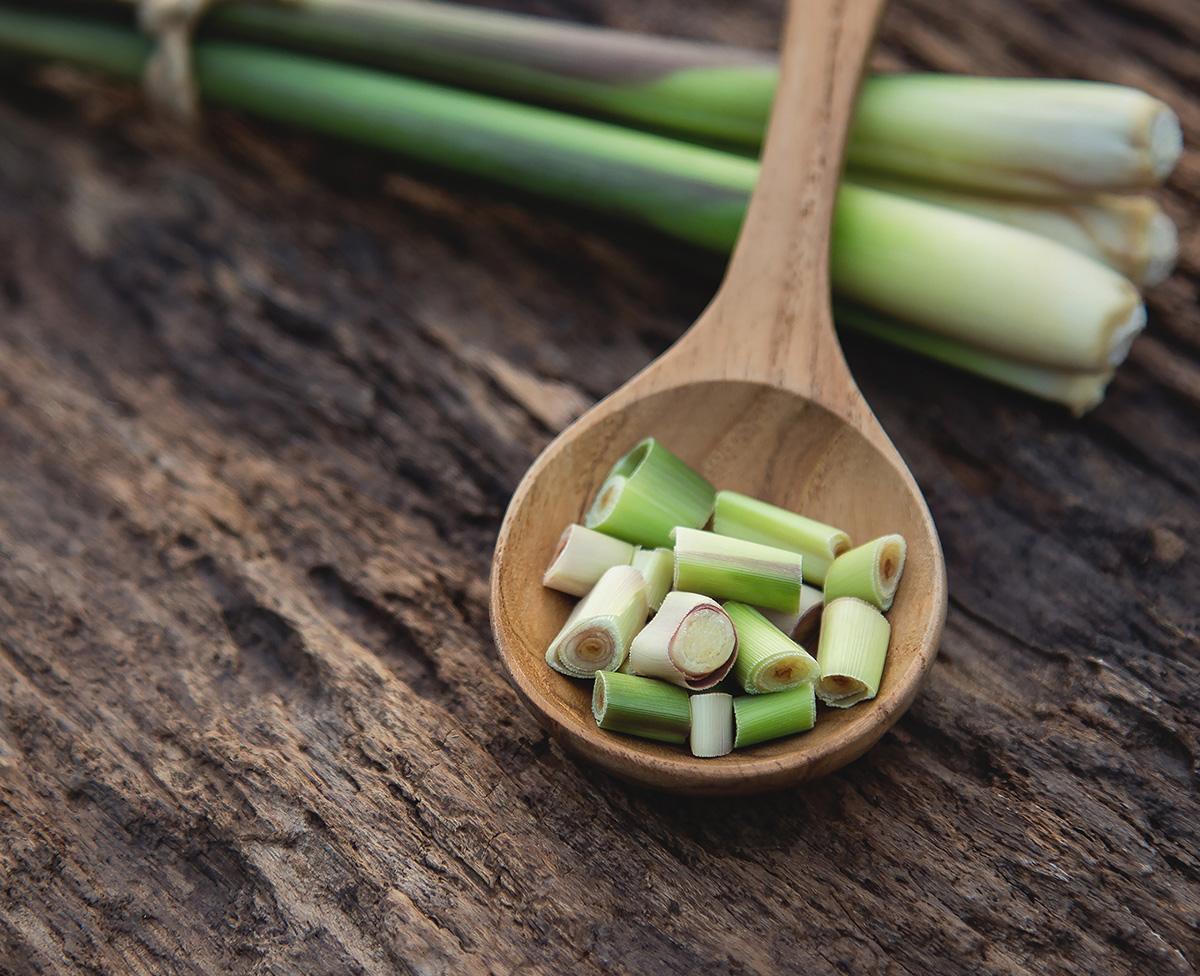 Lemon Grass
Lemon GrassLemon Grass
(Cymbopogan citratus) - Perennial
Lemon grass has only recently become a well-known herb in the U.S. though it has been a key ingredient in Thai and Vietnamese cuisine for centuries.
MORE -
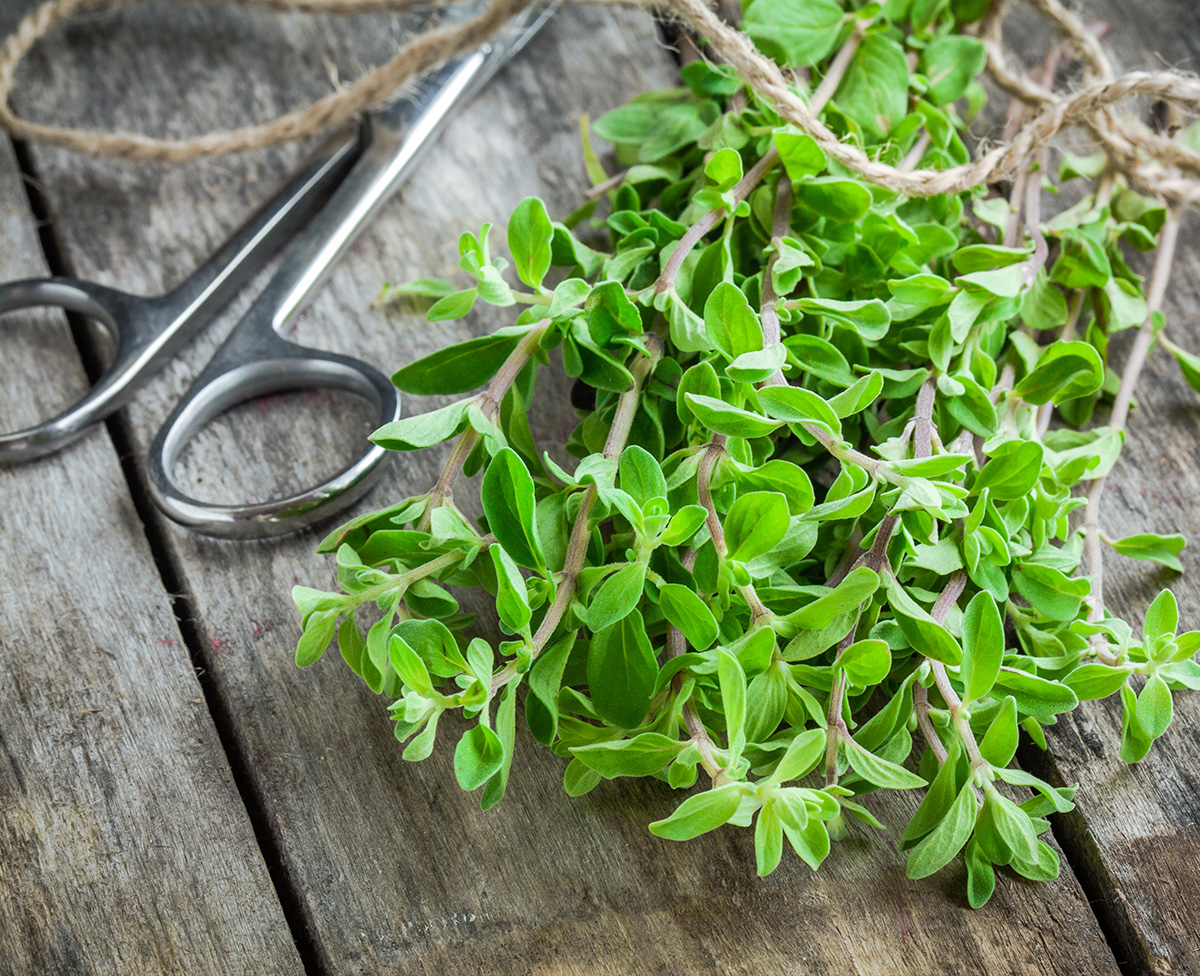 Marjoram
MarjoramMarjoram
(Origanum majorana) - Annual & Perennial
While marjoram has a sweet, delicate flavor, its use in ancient Greece was bittersweet.
MORE -
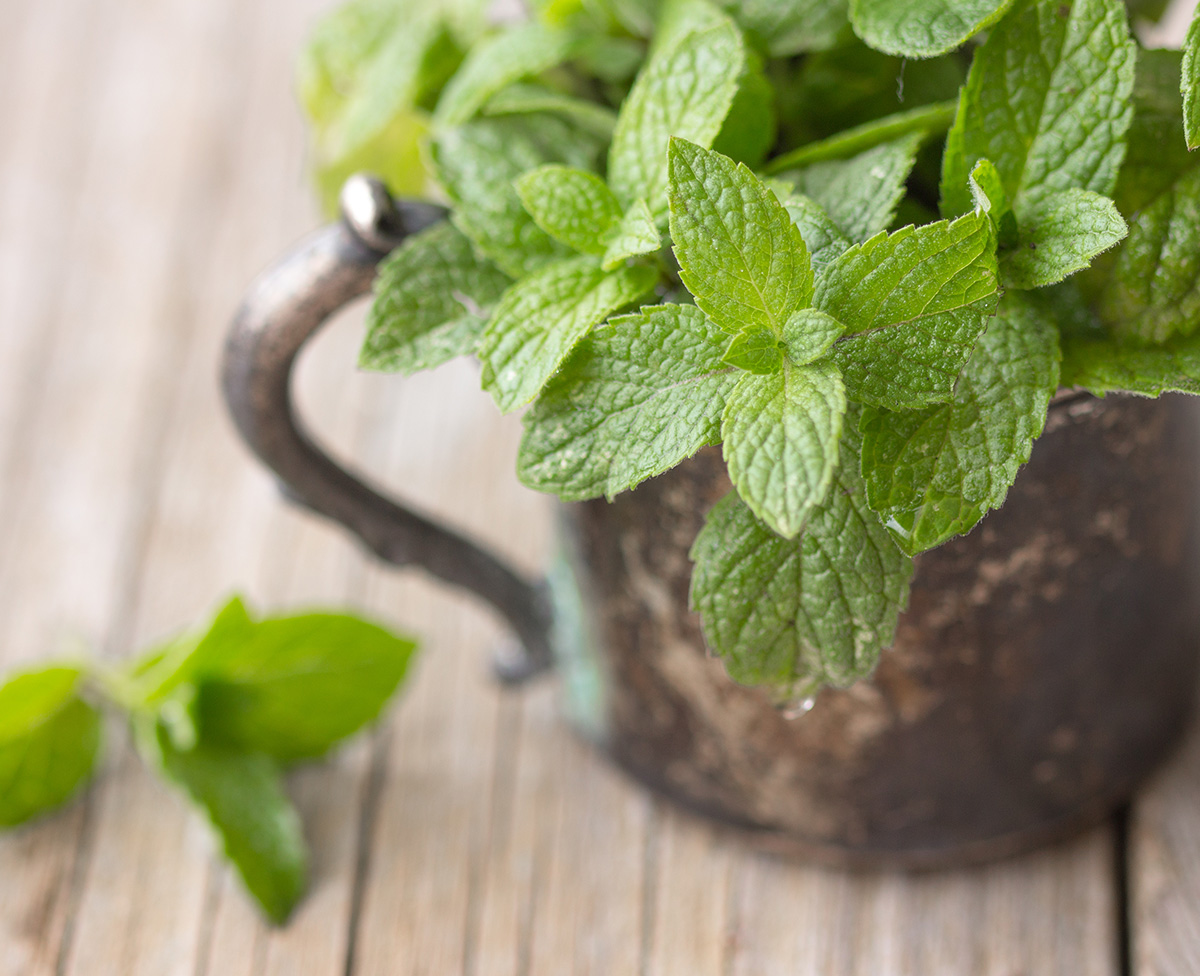 Mint
MintMint
(Mentha spp.) - Perennial
Mint is one of the most famous herbs and rightfully so since there are 20 species of mint – and more than 1000 hybrids!
MORE -
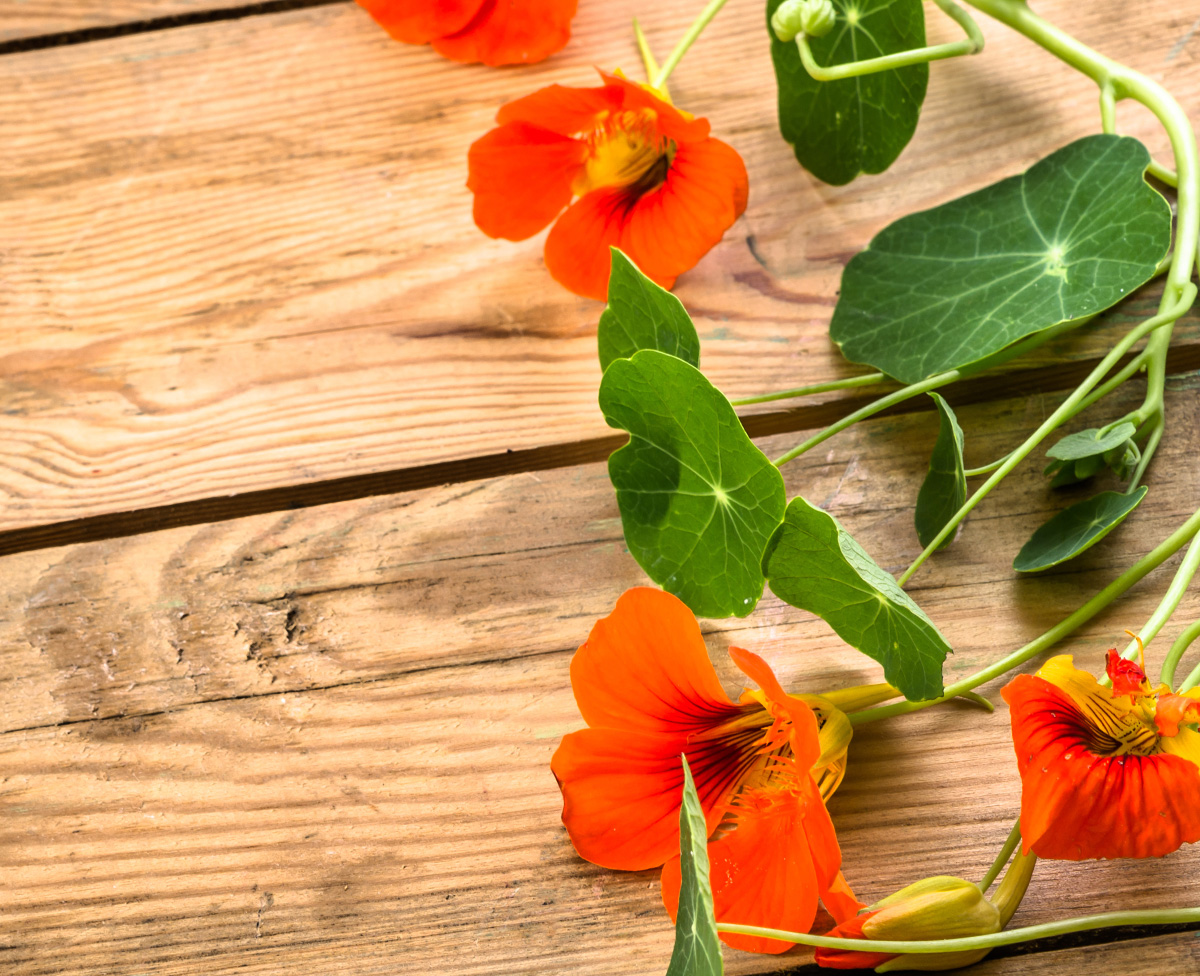 Nasturtium
NasturtiumNasturtium
(Tropaeolum majus) - Annual
Nasturtium is a zippy herb with bright flowers to go with its taste.
MORE -
 Oregano
OreganoOregano
(Origanum vulgare) - Perennial
Oregano is a well-traveled herb- it is featured in the cuisine of Mexico, Central America, Italy and Spain but its name originates from the Greek word “origanum” which means “bitter herb.”
MORE -
 Parsley
ParsleyParsley
(Petroselinum crispum) - Perennial
Parsley has a dark past – the Greeks dedicated it to the goddess of the underworld, Persephose, and they wove into funeral wreaths.
MORE -
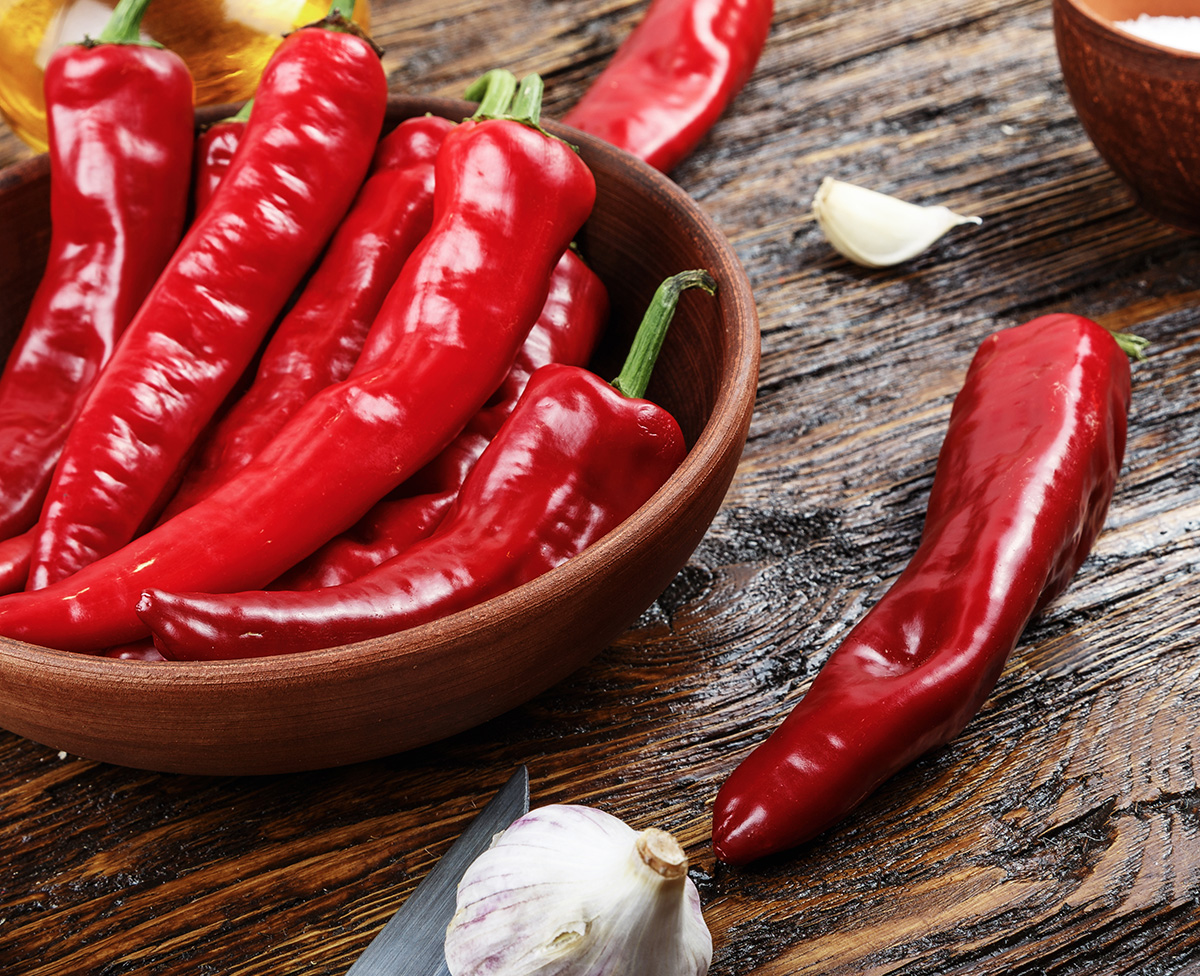 Pepper, Red Hot Chili
Pepper, Red Hot ChiliPepper, Red Hot Chili
(Capsicum spp.) - Annual
Although most chili peppers are indigenous to South America, they are used and grown around the world.
MORE -
 Rosemary
RosemaryRosemary
(Rosmarinus officinalis) - Half-hardy Perennial
“There’s rosemary, that’s for remembrance.” A classic Shakespearean line and one that reflects rosemary’s true character.
MORE -
 Sage
SageSage
(Salvia officinalis) - Southern Annual
Perhaps like a human sage, this herb has been known to be an authority in assuaging human ailments of virtually every kind.
MORE -
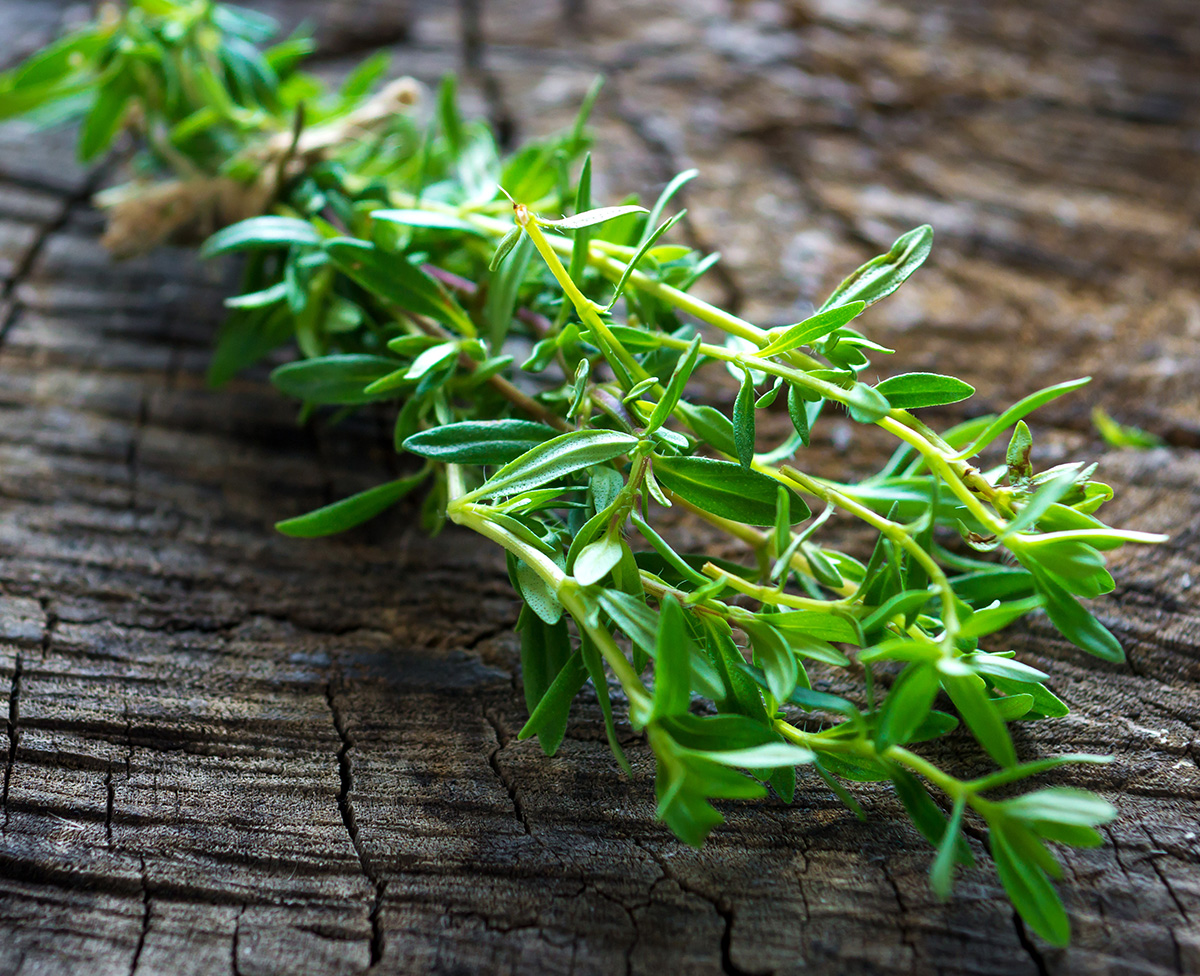 Savory
SavorySavory
(Salvia officinalis) - Southern Annual
The herb known as savory has a savory flavor.
MORE -
 Thyme
ThymeThyme
(Thymus vulgaris) - Perennial
Thyme is another Shakespearean herb and it still thrives in the moors of Great Britain.
MORE -
 Tomatoes, Cherry
Tomatoes, CherryTomatoes, Cherry
(Lycopersicon) - Annual
Summer salads are accented by this sweet red cherry tomato.
MORE
